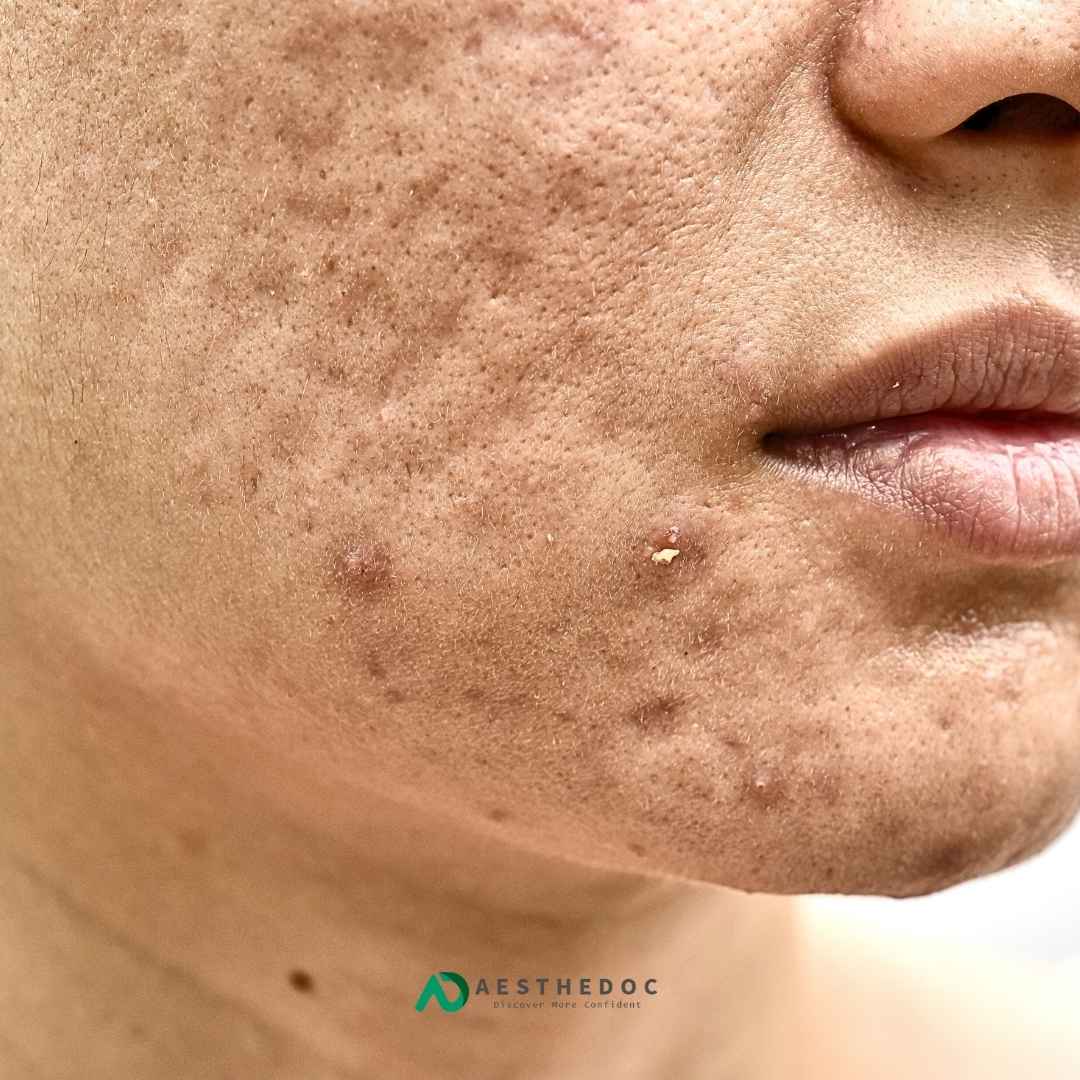Scars on the skin can be the result of some skin conditions. Most people take them naturally and act normal with scars. Even if I talk about myself, I don’t consider the scars on my forehead a problem — they look natural, bold, and make an impression when I meet people. But scars are not normal for everyone.
If they are noticeable and appear on visible skin areas such as the face, hands, neck, arms, or ears, most people seek solutions and consult aesthetic doctors for removal treatments. In modern dermatology and plastic surgery, a wide range of treatments, procedures, and surgeries are now available for scar removal.
In this article, we will discuss in detail the types of scars, their locations, age, and severity. We will also discuss the possible treatment options that can help. But before that, choosing the right treatment option for your specific skin condition is essential. After reading this article, you will be able to understand your condition better and take the right step toward treatment to boost confidence and achieve a good experience.
Scar Types & Removal Treatment Options
There are different types of scars, so before going for a consultation, you must first understand your condition. Below, we are going to discuss some common types of scars, how they look, and their possible treatment options.
Atrophic Scars
It’s a fact that our underlying skin consists of three main components — tissue, fat, and muscles. Severe acne on the skin or chickenpox can leave the skin pitted and sunken, forming atrophic scars.
These scars look very prominent, especially during puberty, when most men and women suffer from acne. Without timely treatment, these scars remain visible and affect confidence. Many women cover their faces with base or fading creams to hide these scars and feel less confident.
These scars usually appear on the skin in the form of ice pick, boxcar, and rolling indentations. Their appearance can vary individually from patient to patient. Most people seek treatment when the scars become more prominent and noticeable.
In clinics, the best treatment options for atrophic scars include dermal fillers, microneedling, and laser skin resurfacing using fractional or CO2 laser technology. Some aestheticians also suggest cannula subcision techniques, which involve controlled trauma in the underlying skin to heal and remove scars.
Additionally, doctors may use mild to deep chemical peels for scar removal, depending on the severity and skin type.
Hypertrophic Scars
This type of scar appears on the skin as red, raised, firm, and sometimes painful or itchy. These scars develop due to overproduction of collagen after wound healing. Hypertrophic scars usually remain within the boundaries of the original wound but are visibly elevated and red.
Treatment options for hypertrophic scars include laser therapy, steroid injections, microneedling, and silicone gel sheets to flatten the scar over time. Early consultation with a dermatologist helps control the redness and thickness more effectively.
Keloid Scars
Keloid scars often occur around an injury and can extend beyond the original wound area. They are sometimes itchy and tend to grow larger than the injured spot. These scars are very prominent and can affect confidence, especially when appearing on visible areas such as the face, scalp, arms, or hands.
Keloid scars can be darker or lighter in tone, and if left untreated, they can become even darker and itchier. In this case, your doctor may prescribe steroid injections to help reduce inflammation and minimize scar size.
Cryotherapy or cryofreezing is also a helpful method to minimize noticeable effects, while laser treatments are effective for improving appearance and texture.
Contracture Scars
Contracture scars form when the skin tissues attach to each other and restrict movement. They pull the edges of the skin and look very prominent. These scars often appear after burn injuries, although other causes are also possible.
If contracture scars cover a large area, they can limit skin tissue flexibility and muscle movement. In such cases, consultation with a plastic surgeon is necessary to determine the best treatment.
Non-surgical options often do not achieve the desired results for this type of scar. Therefore, plastic surgeons may recommend procedures such as Z-Plasty or tissue replacement, especially when the affected area is large or functionally important.
What Treatment Is Best for You to Treat Scars?
If you are anywhere in the world and looking for professional guidance or treatment for acne scars or other scar types, you can get in touch with Aesthedoc Clinic. Global aesthetic doctors are available to assess your condition and perform the most suitable procedures or surgeries to remove scars from your skin permanently.
In most cases, doctors may recommend a single treatment. However, for better results, they can also suggest combination therapies — such as microneedling with laser or filler treatments — to achieve desired results.
It all depends on your skin type, scar type, and how long the scars have been left untreated. To get the best and most effective treatment, book your consultation today at Aesthedoc Clinic and begin your journey toward scar-free, confident skin.

